
Cataract Eye Surgery
Cataract surgery, also called lens replacement surgery, is the removal of the natural lens of the eye that has developed an opacification, which is referred to as a cataract, and its replacement with an intraocular lens.
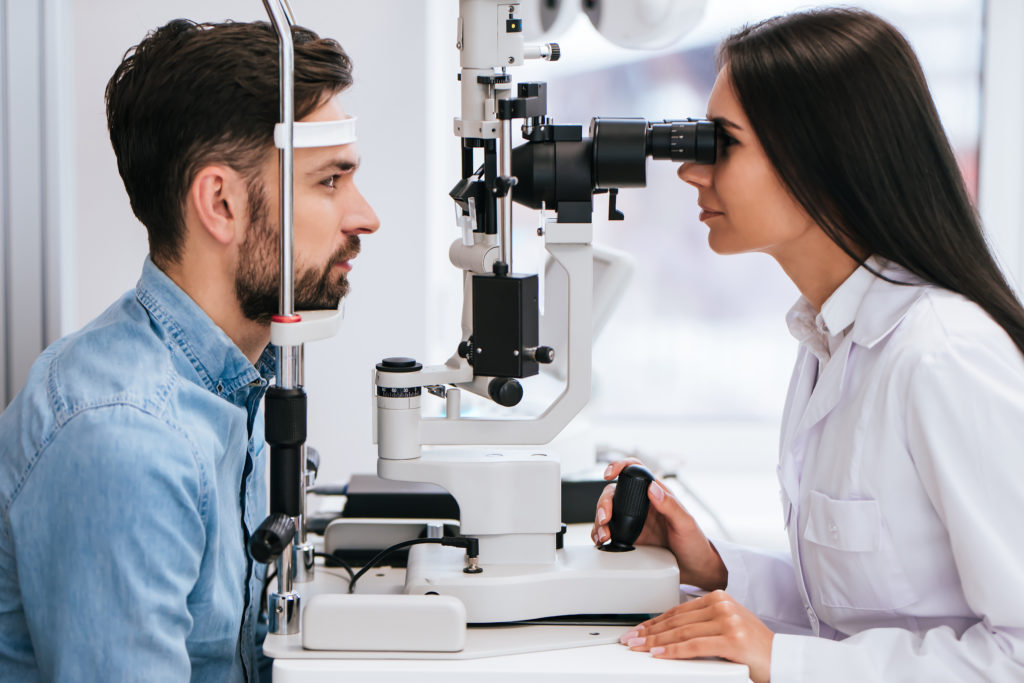
Eye Testing
An eye examination is a series of tests performed to assess vision and ability to focus on and discern objects. It also includes other tests and examinations pertaining to the eyes. Eye examinations are primarily performed by an optometrist, ophthalmologist, or an orthoptist.
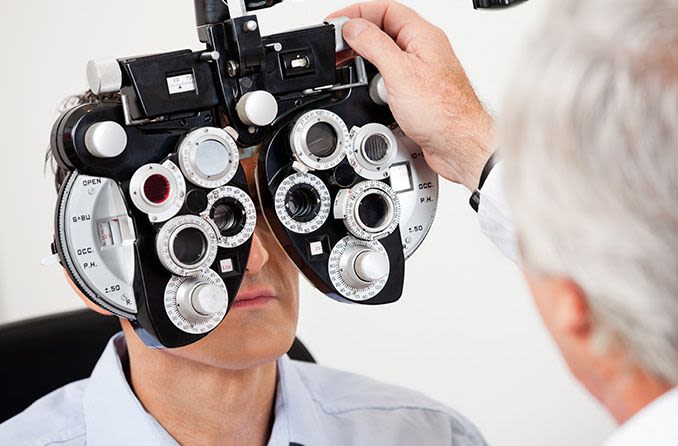
Refractive
Refraction is the bending of light rays as they pass from one object to another. The cornea and lens bend (refract) light rays to focus them on the retina. When the shape of the eye changes, it also changes the way the light rays bend and focus — and that can cause blurry vision.
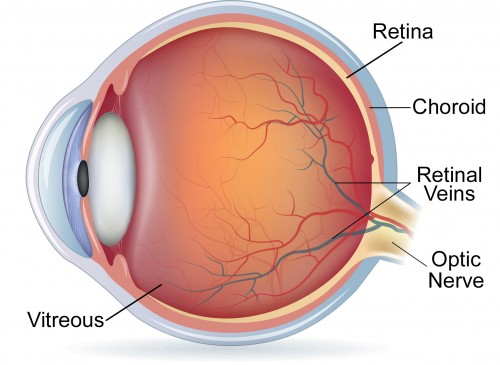
Retina
The retina is a layer of tissue in the back of your eye that senses light and sends images to your brain. In the center of this nerve tissue is the macula. It provides the sharp, central vision needed for reading, driving, and seeing fine detail.
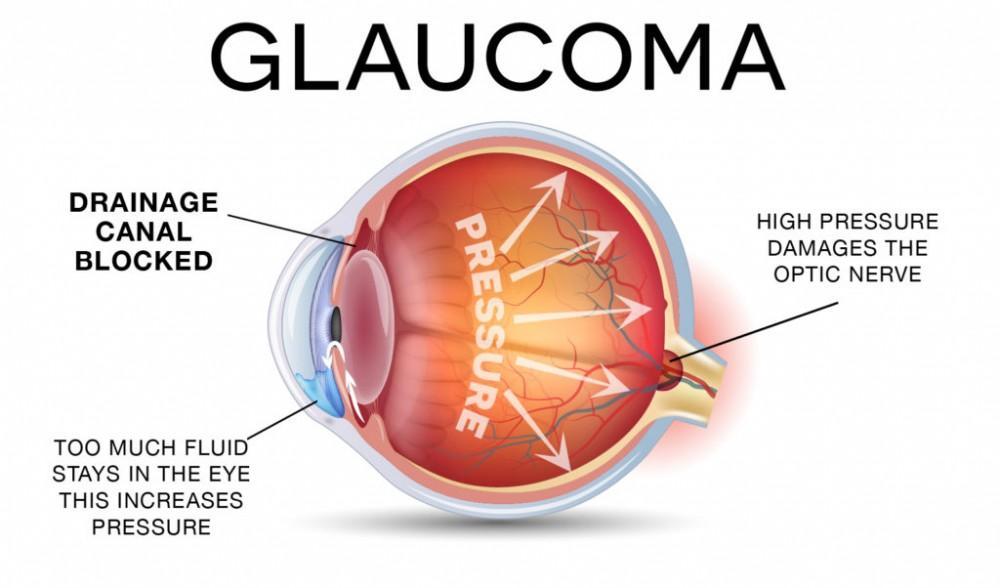
Glaucoma
Glaucoma is a group of eye conditions that damage the optic nerve. The optic nerve sends visual information from your eye to your brain and is vital for good vision.
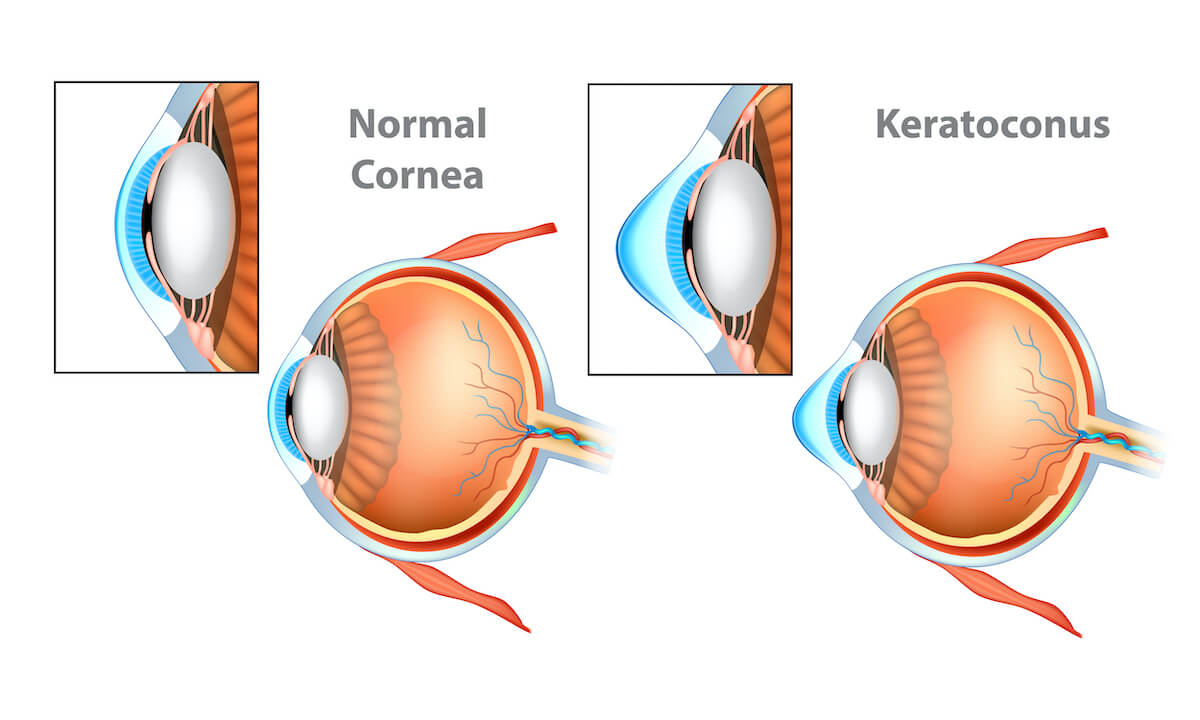
Cornea
The cornea is the eye’s outermost layer. It is the clear, domeshaped surface that covers the front of the eye. It plays an important role in focusing your vision as it is responsible for transmitting light into the back of the eye.
Paediatric
Paediatric ophthalmology helps to detect vision-related problems in children as early as possible. Eye defects, if not treated within six months of birth, may leave the child visually impaired for life. The reason for this is that the optic nerve is still developing during the first six months of life, and if the eye problems are not treated within that period, it may lead to permanent damage.